Big Jump in Use of Games, Videos in K-12 Schools, Survey Finds
Marketplace K-12
MAY 18, 2016
Cross-posted from the Digital Education blog. The number of American teachers using games in classrooms–particularly with younger students–has doubled over the past six years, according to a large survey released last week that measures national ed-tech use. Connect what they are learning to the real world (54 percent).


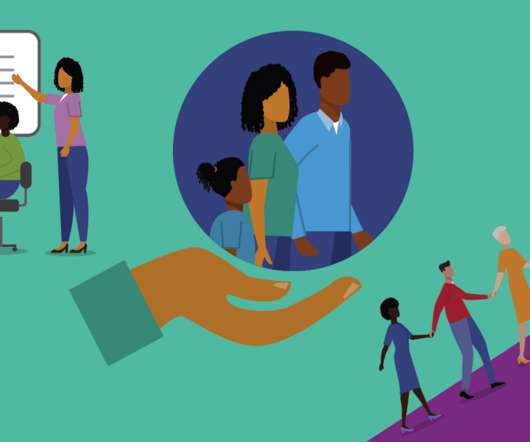




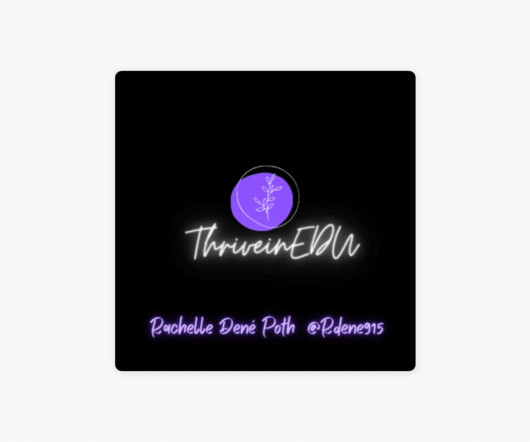


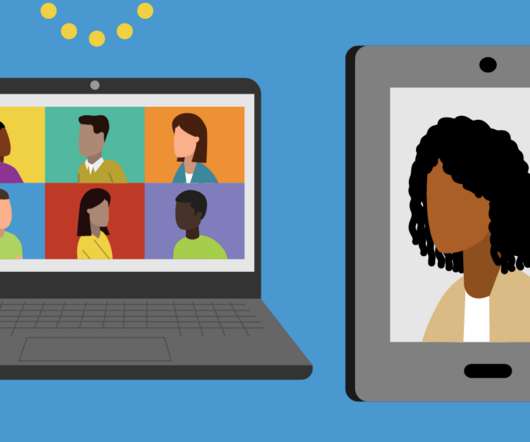




















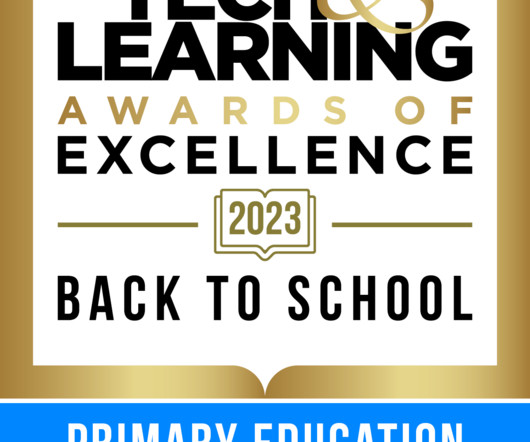
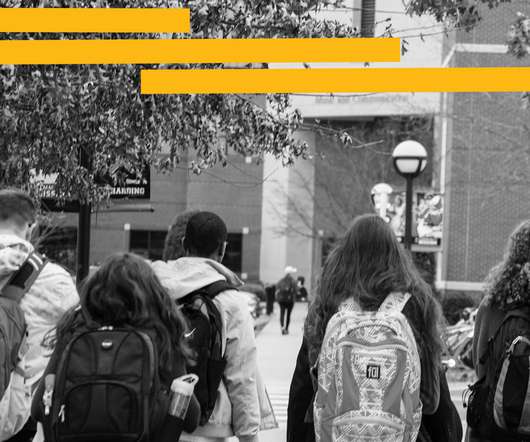












Let's personalize your content